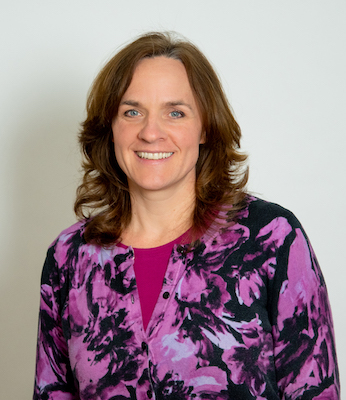“With mid-row banding, where you're putting most of the nitrogen in the middle, and maybe your seeds are 5-6 inches away from that when they germinate ... the crop doesn't get to the fertilizer for a long time…” — Jim Halford
Getting no-till practices off the ground in the 1970s in Canada required a certain amount of vision and tenacity. With equipment that wasn’t adequate for dealing with the rocky soils and concern about compaction resulting from multiple passes with high horsepower machinery, no-till could have fizzled out before it even got started.
But seeing the damage wind and water erosion were doing to his delicate soils, Jim Halford of Saskatchewan took it upon himself to make no-till work in his prairie environment and his early experiments eventually led him to develop the Conserva Pak air seeder. Now, nearly five decades later, zero-till is widely adopted in many areas north of the U.S. border.
In this episode of the No-Till Farmer “Influencers and Innovators” podcast, No-Till Farmer Editor Frank Lessiter talks with Halford about the zero-till movement in Canada. Join us as they discuss the development of the Conserva Pak, how no-till has made it possible for growers to farm more acres, experiments with wide-row wheat and canola, bin-busting barley yields, overcoming harvest-time bottlenecks and much more.
P.S. There’s lots more great no-till stories and history in Frank Lessiter’s new book, From Maverick to Mainstream: A History of No-Till Farming. Check it out here.
The No-Till Influencers & Innovators podcast series is brought to you by Martin Industries.
Our customers believe that Martin-Till®️ products provide an excellent return on their investment. We know this because a large percentage of them are repeat customers since the beginning in 1991. Our planter attachments help make it possible to plant into higher levels of residue and moisture. Higher levels of mulch means less erosion, improved soil tilth and fertility, which can reduce production costs. Martin Till’s goal is to increase yields and save you time and money. We hope you find something from our product offerings of row cleaner, UMO’s, closing wheels systems and recently added concaves that will make this year’s planting & harvesting go better for you. After all, you deserve the best!
Intro Music: Glenn Campagna - Folk Love
Interlude Music: Willow - Walk Into Forever












